When you’re evaluating a house for sale, it’s just as important to examine the outside as it is the inside. So unleash your inner home inspector and read on to learn how to look for these 10 warning signs.
Scott McGillivray is a real estate expert and host of HGTV Canada’s Income Property and Moving the McGillivrays.
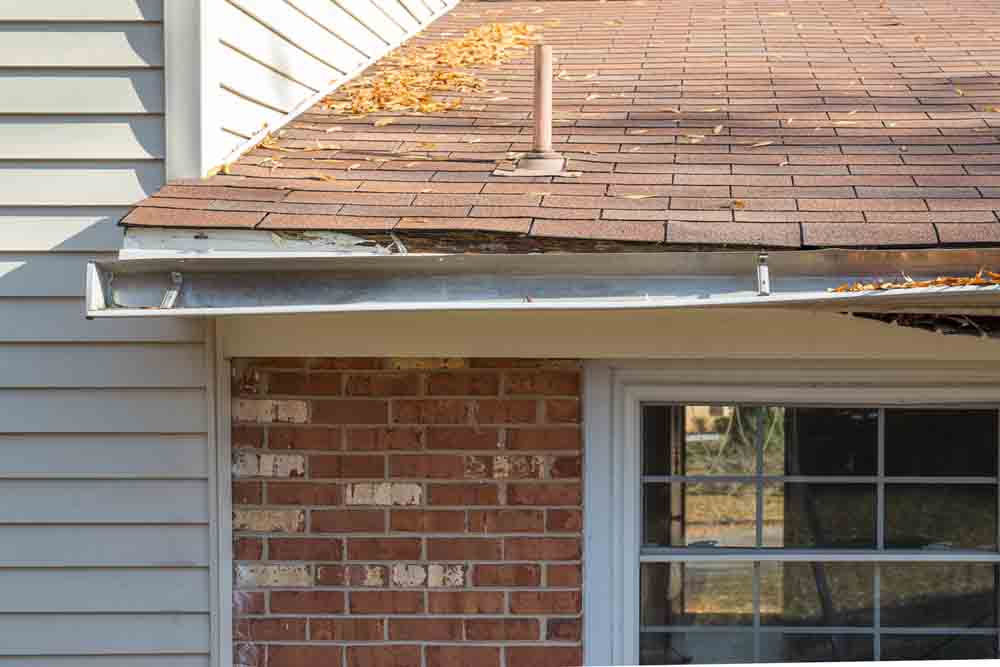
Sagging Gutters
Make sure that the gutters are secured to the structure and that they slope down towards the downspouts. And then make sure the downspouts extend a few feet away from the foundation. Look for holes, cracks, rust or anything else that could indicate they don’t function properly.

Foundation Cracks
Not all foundation cracks are created equal, but they should all be looked at carefully to determine if they’re cause for concern. Sometimes when concrete dries or cures it cracks a bit, and these cracks can be filled with an epoxy injection. However, if you see step cracks (horizontal and vertical cracking between the cinder blocks or bricks) or extensive cracks in the concrete slab, there may be cause for concern.
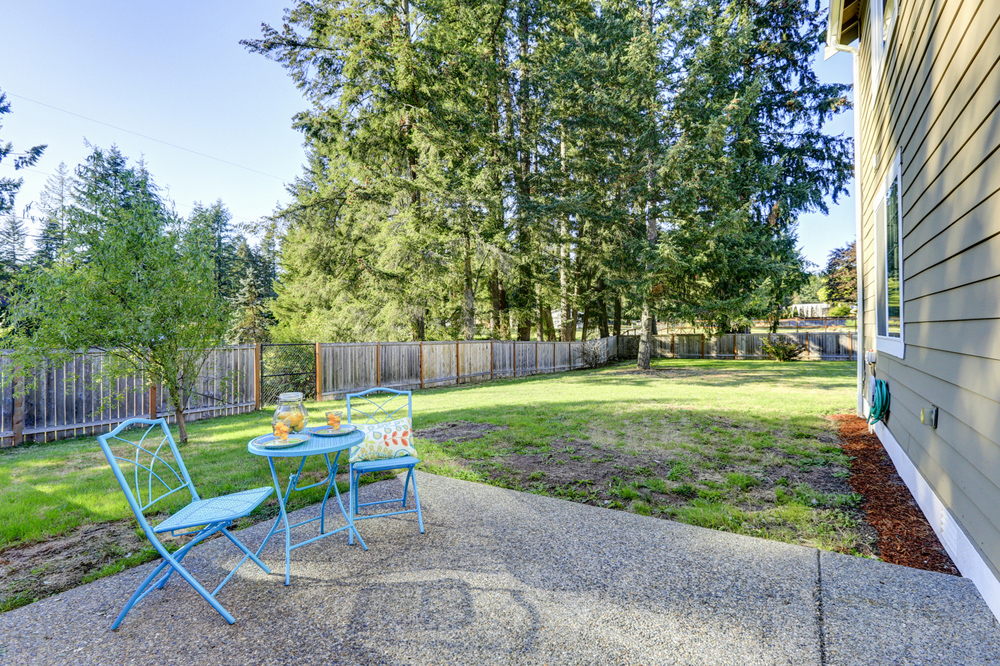
Improper Grading
Improper grading – either a totally flat surface or ground sloping towards the house – can lead to basement floods and a compromised foundation. No good. It’s fixable, but it will cost you. So take this into account before you put in an offer.

Roof Problems
Spotting certain roof problems can be hard from the ground, but do your best by walking away from the house so you can get a better view. And do this from all sides. Look for peeling or missing shingles, shingles that are mismatched (meaning there could be a patch job) and other irregularities.
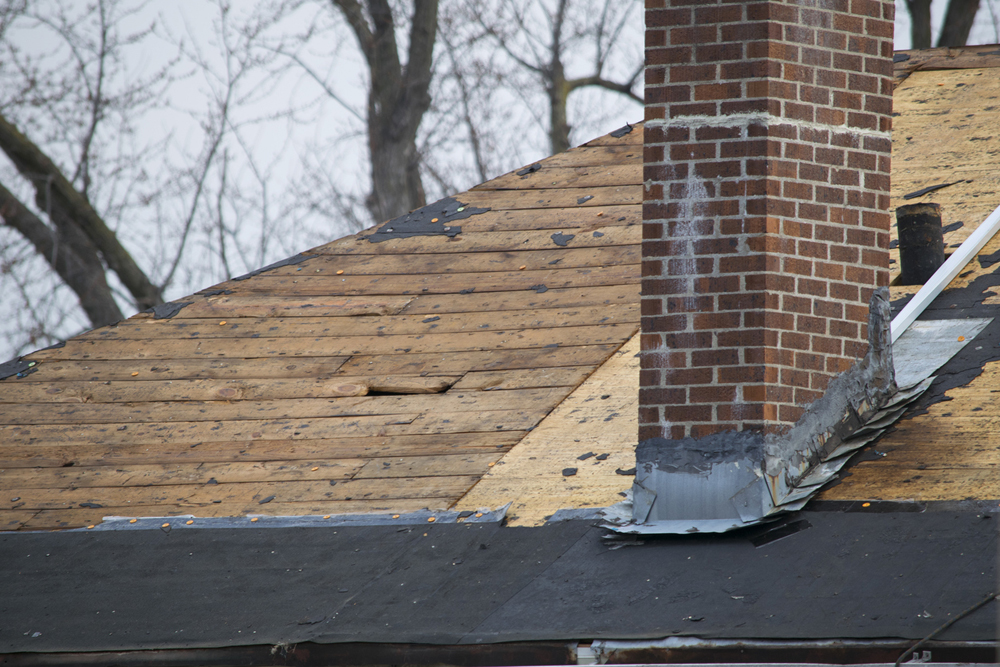
Chimney Issues
Chimney repairs can be very expensive, so if you’re buying an older home that has a brick chimney, take a close look at it. If you can’t get up on the roof, make sure at the very least that you walk around and look at it from all sides. If you see missing bricks or large cracks, there may be trouble.
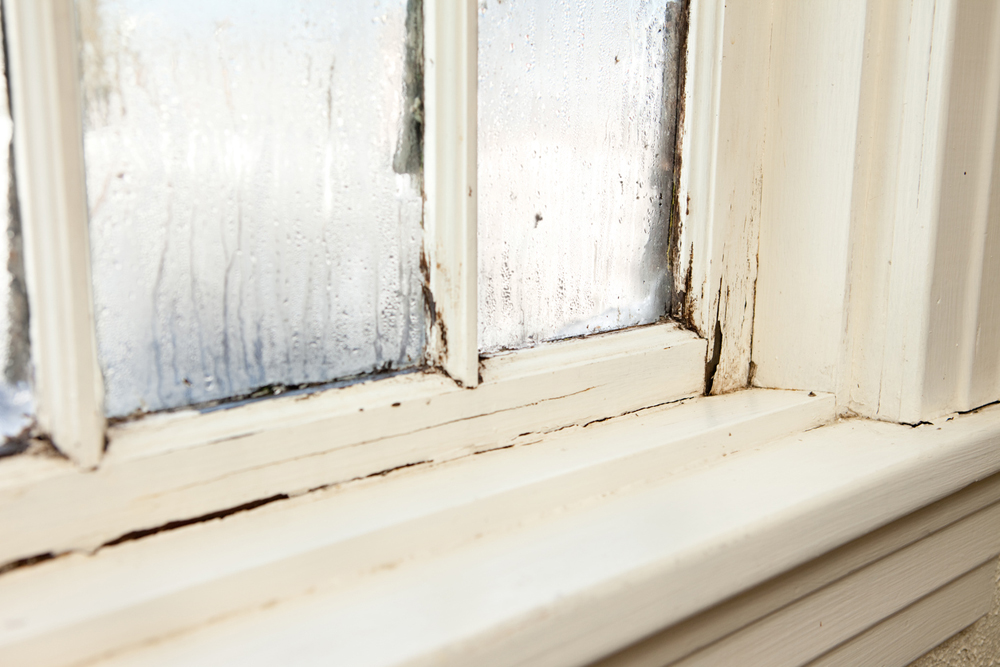
Damaged Windows
Have a good, close look at the windows and window frames. Sometimes they can look good from a distance, but when you get close you’ll notice rot, patch jobs, cracks, and other types of damage. Replacing windows can be expensive, but so can hydro bills when the windows are not in good shape.
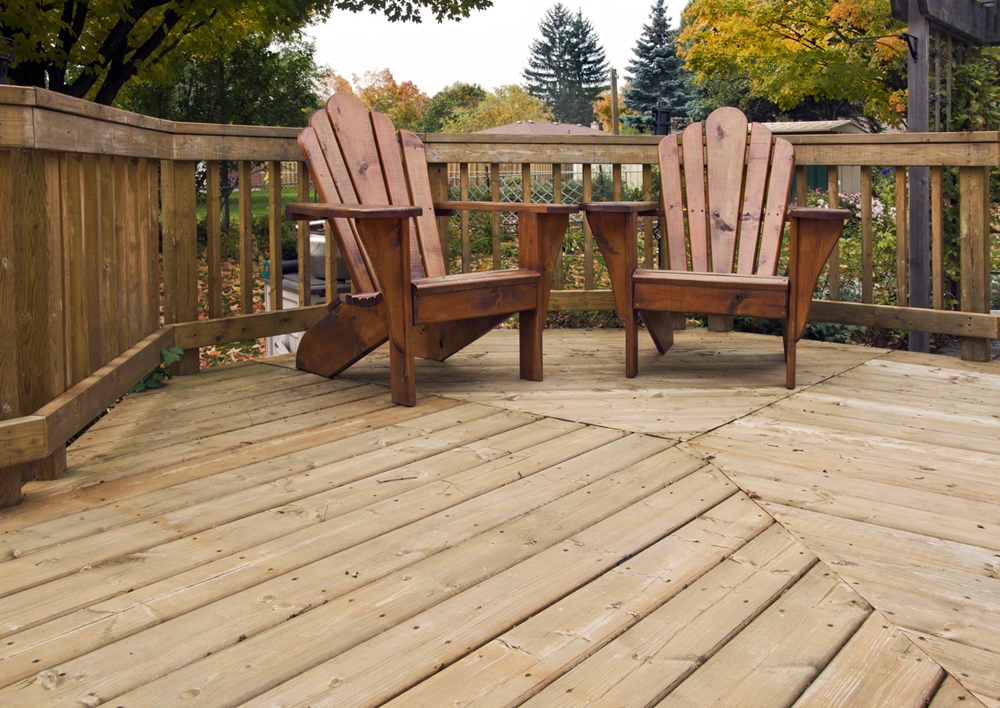
Rotting Decks
Take a look at any outdoor structures like decks and porches, and make sure they’re not rotting or damaged. If they’ve been recently painted, take a look at the underside. Paint can mask a lot of damage, so make sure you know what you’re dealing with.
Want more ideas to improve your deck? See How to Give Your Deck a Makeover in a Single Weekend.
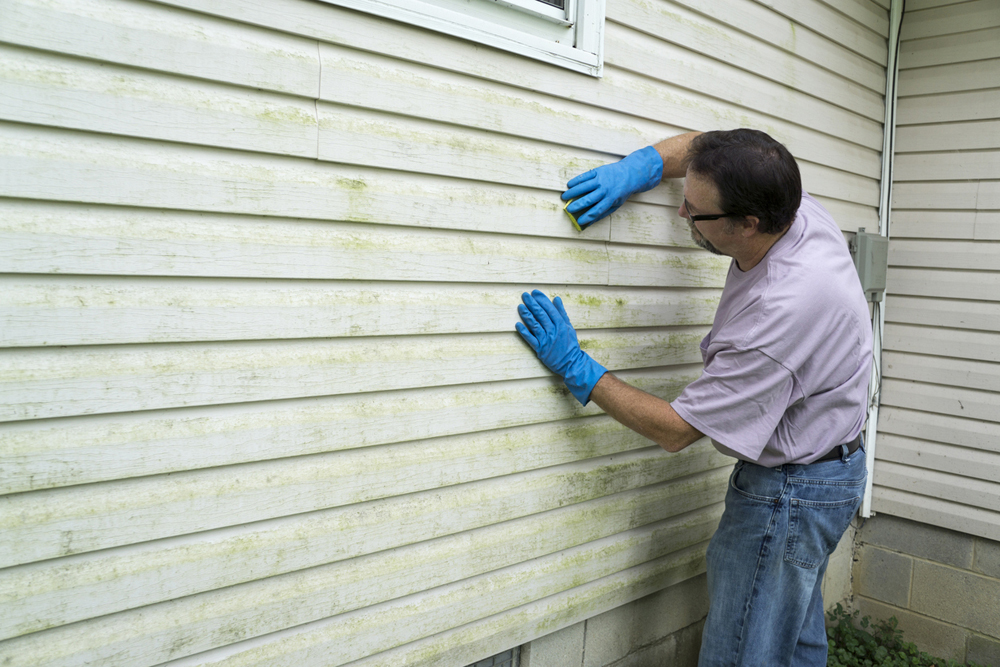
Rotting Siding
Siding that is rotting or warping will need to be replaced sooner rather than later. If left unattended, it could cause damage to the layers underneath and allow water and insects to eventually make their way into your home. Do a perimeter check and look carefully for signs.
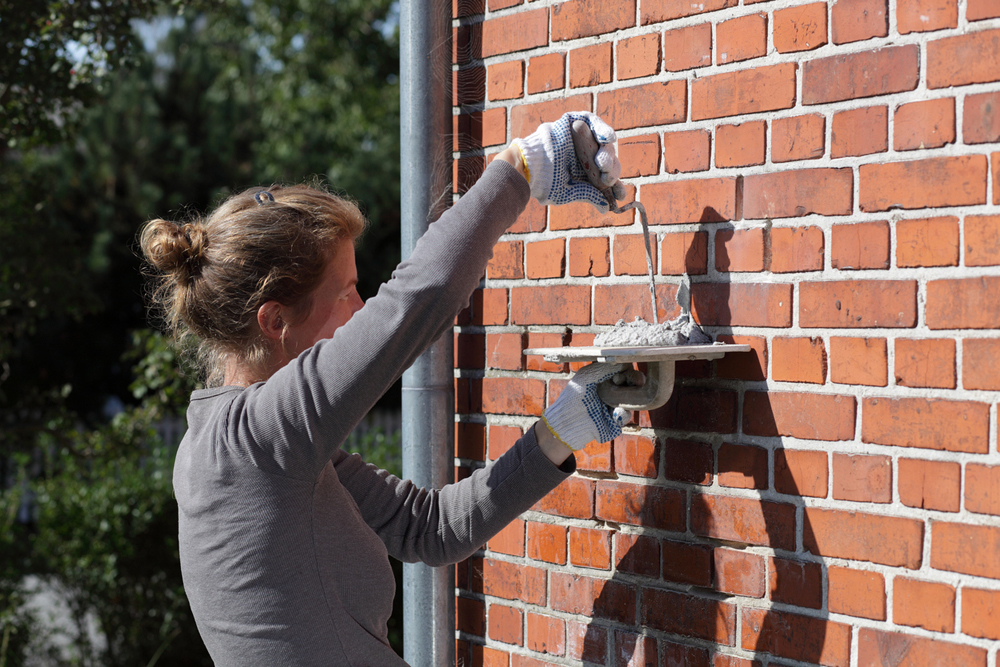
Crumbling Mortar
Brick has a pretty long lifespan, but the mortar between the bricks isn’t as reliable. Over time it can start to deteriorate, and depending on the severity, you may need to do some tuck pointing – a labour intensive process that involves removing and replacing the crumbling mortar between bricks.
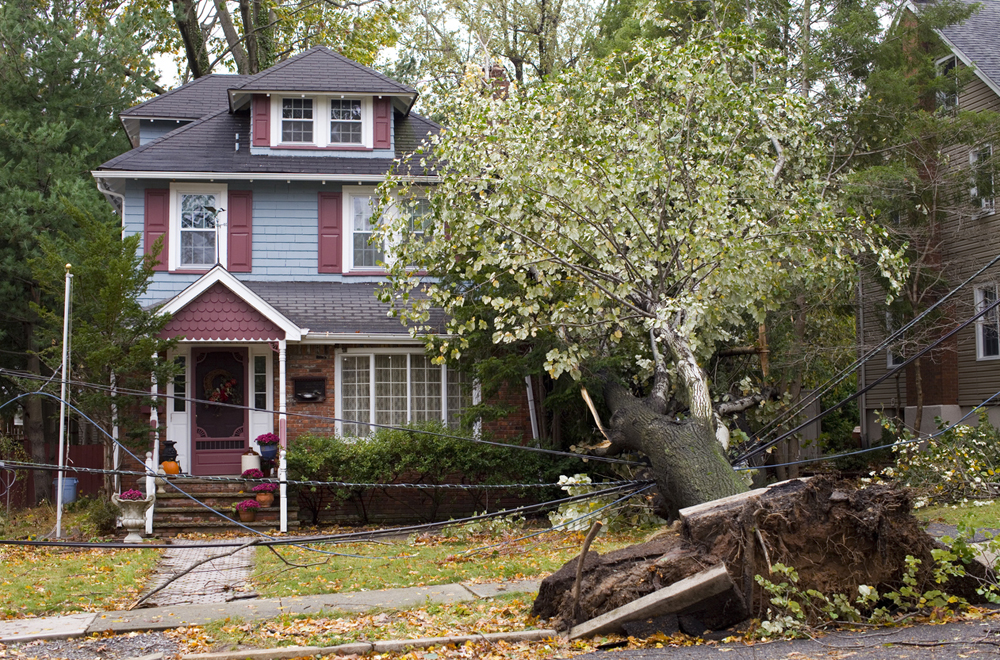
Damaged Trees
Another thing to look out for are trees that look like they could be damaged or dying. Beautiful old trees are great, but you want to avoid any that look like they could come down with the next big gust of wind. You also want to look out for branches that are dangling around power lines. It will be up to you to make sure any trees on your property are kept safely away from the house.
Want to learn the do’s and don’t before buying a cottage? See these 7 Features Every Recreational Property Must Have.
HGTV your inbox.
By clicking "SIGN UP” you agree to receive emails from HGTV and accept Corus' Terms of Use and Corus' Privacy Policy.




